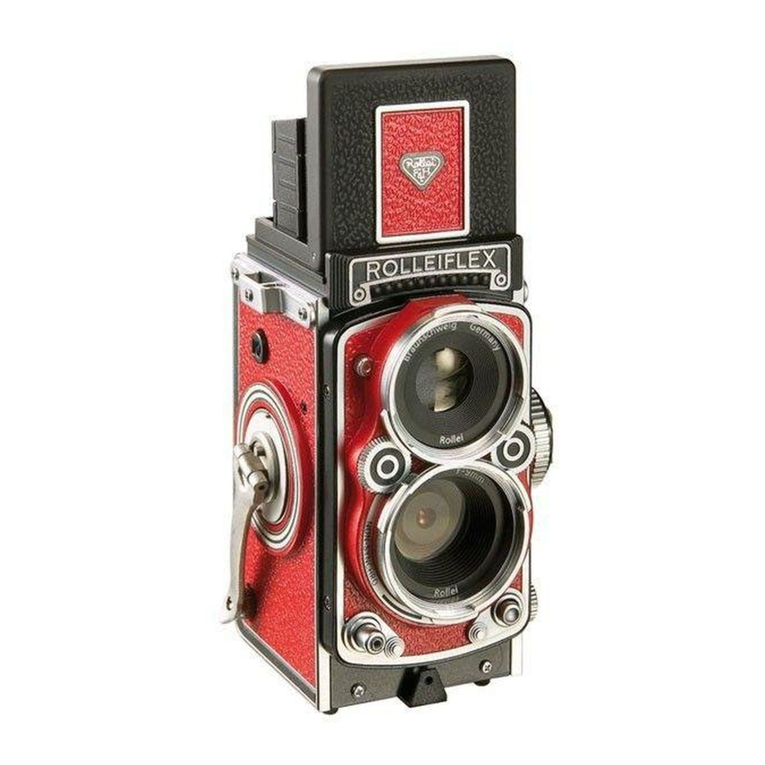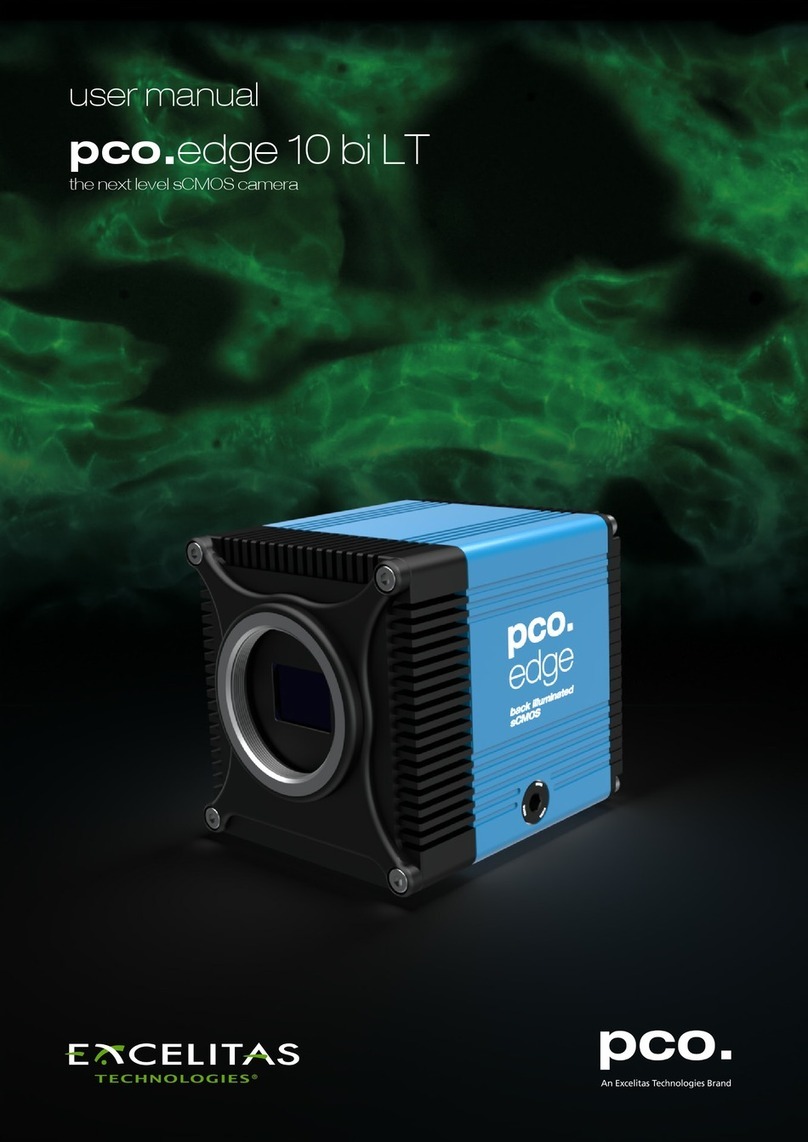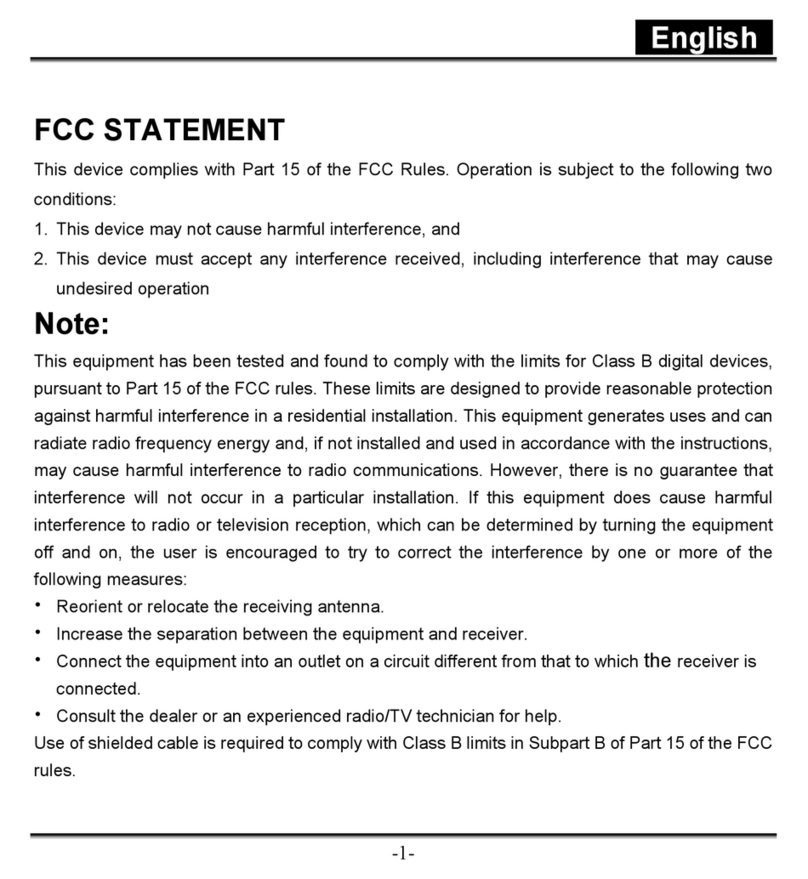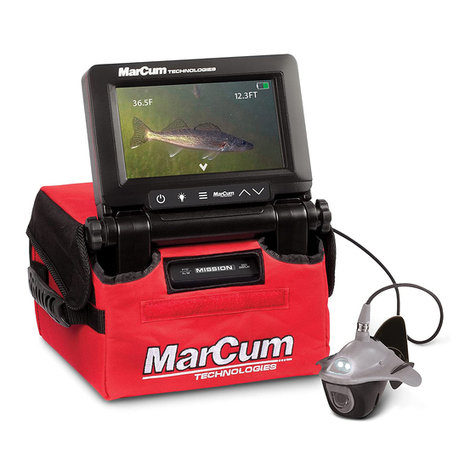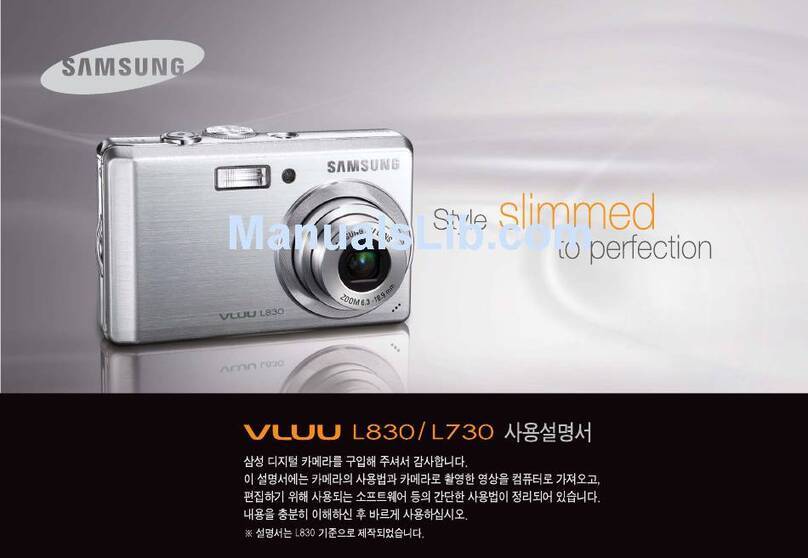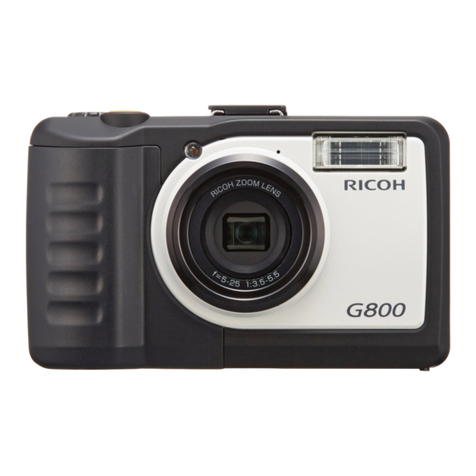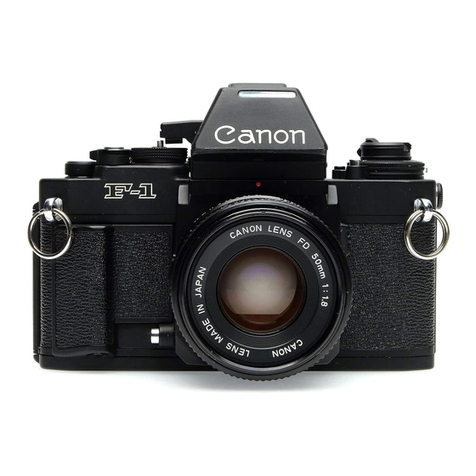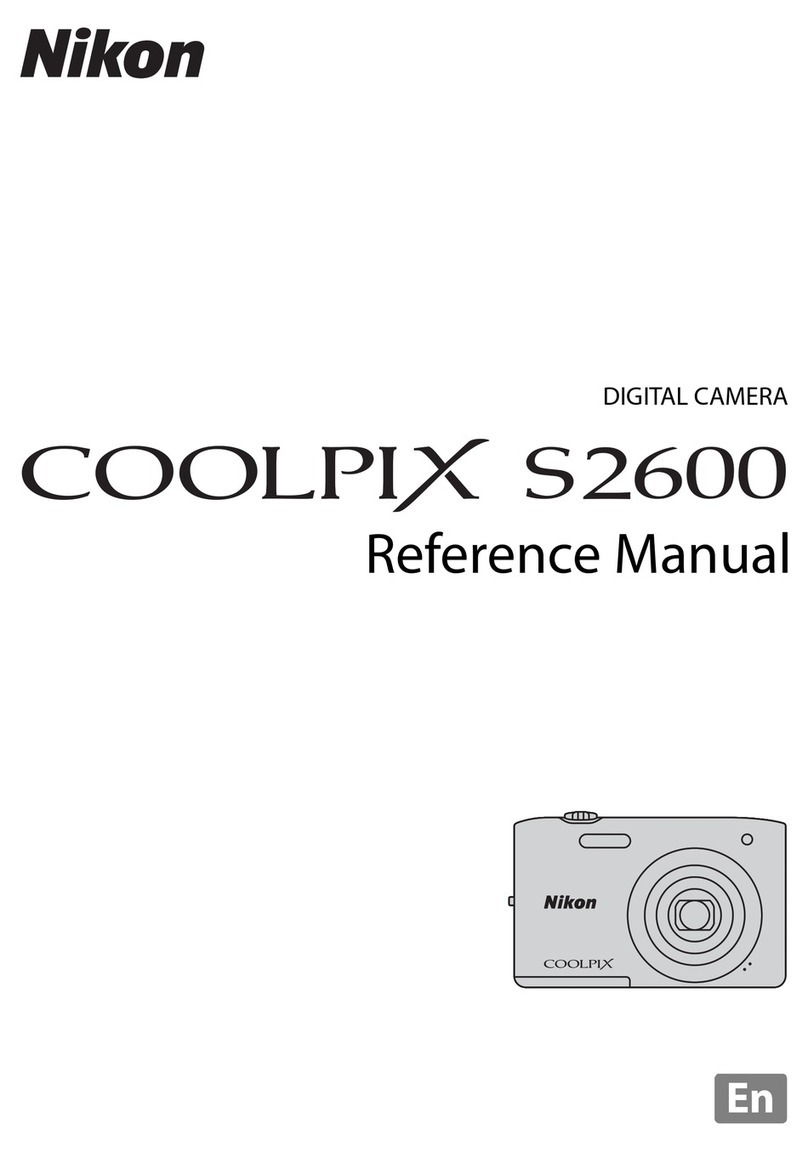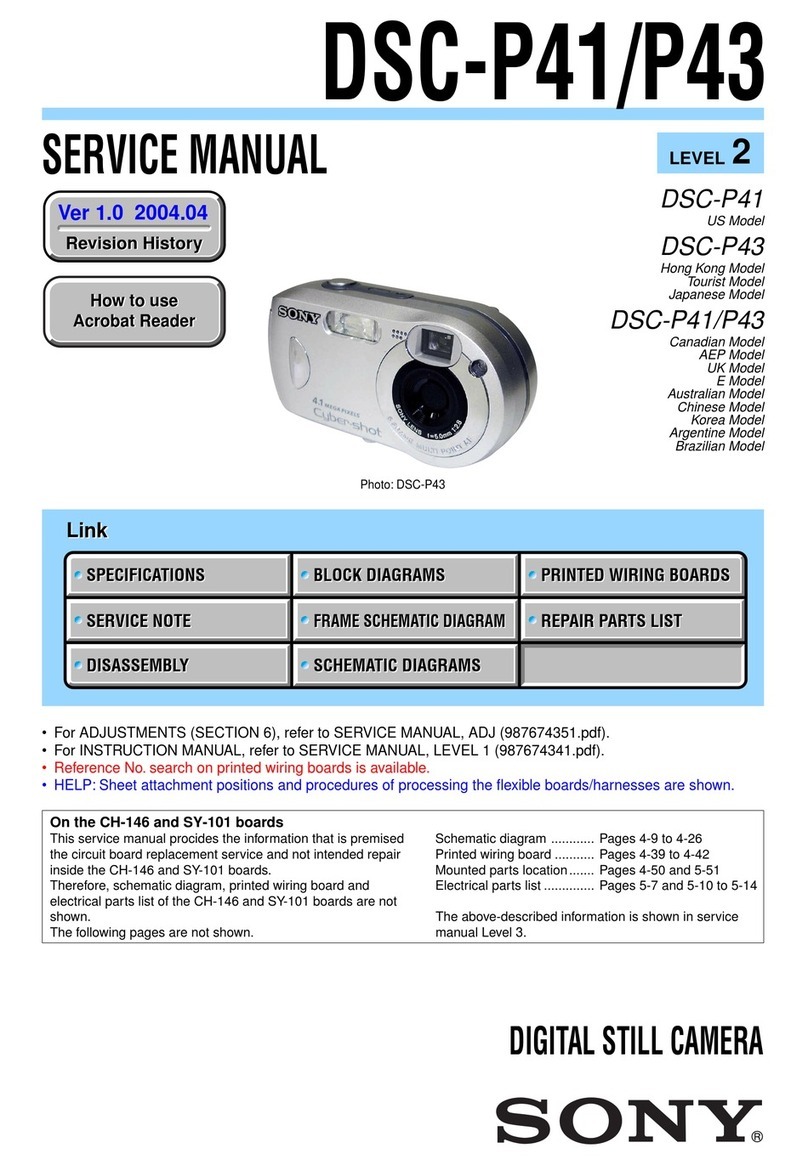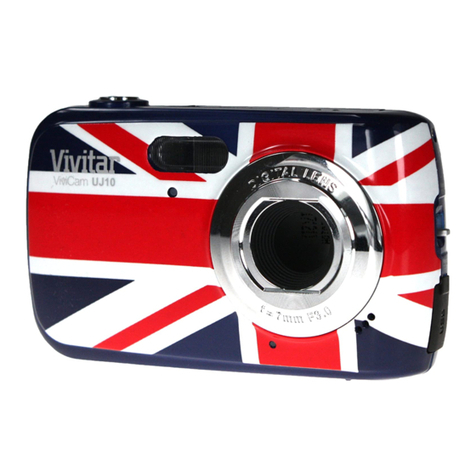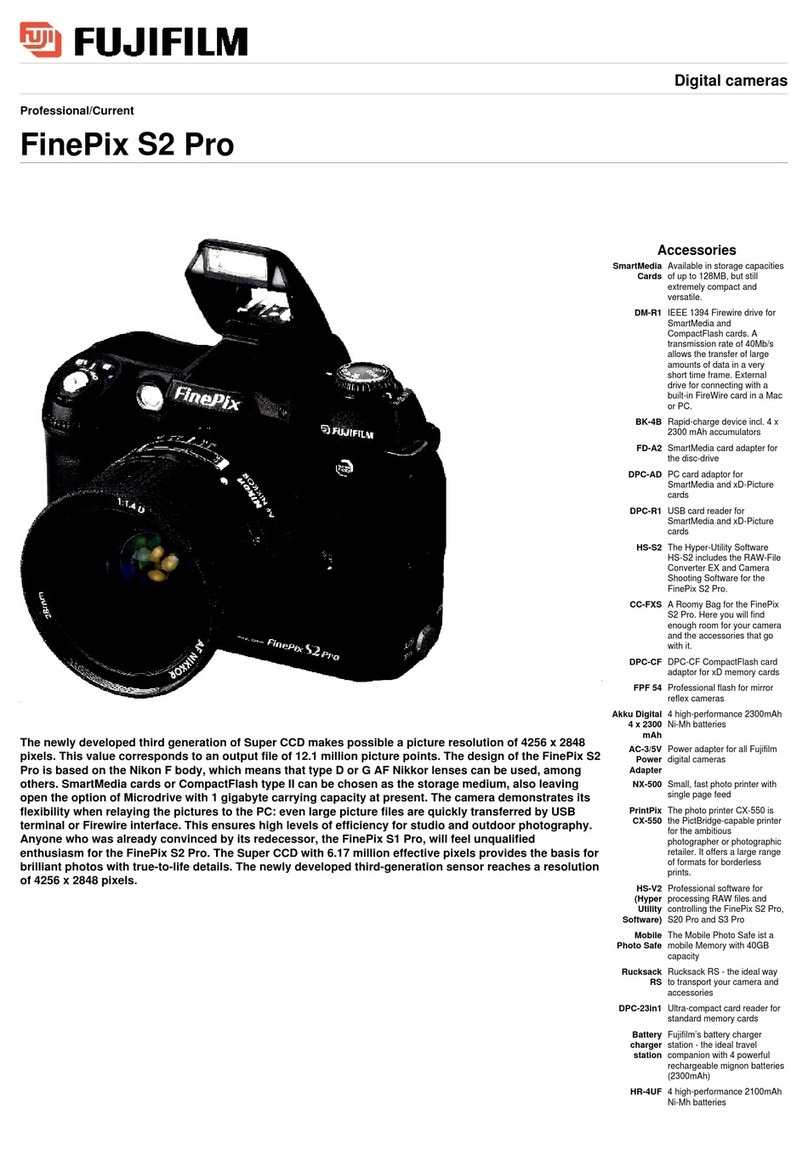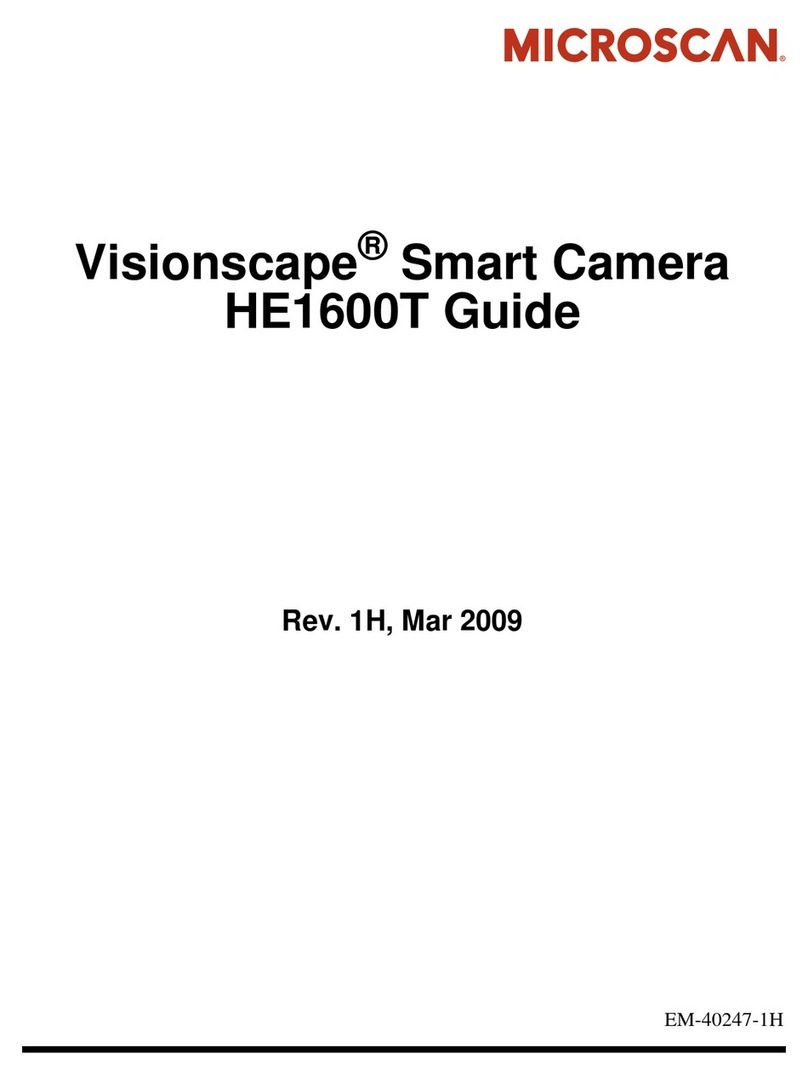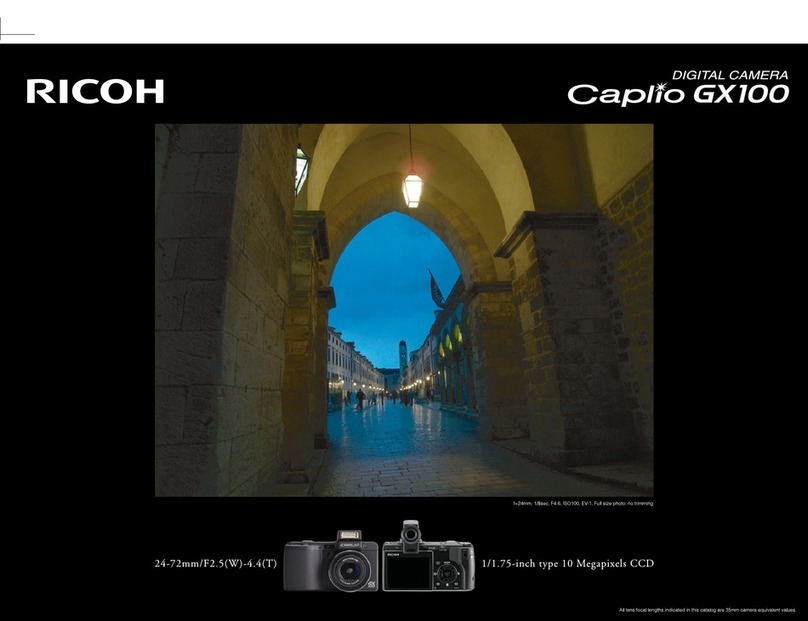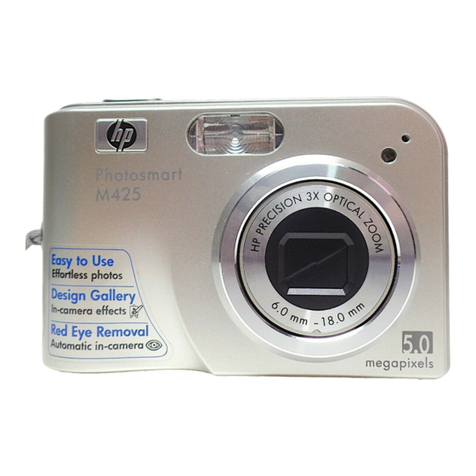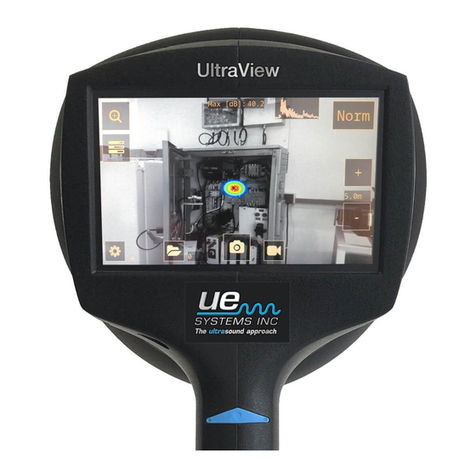ROLLEIFLEX SL35 User manual

Qolleiflex
sL35
Lenses
rnade
byCarlZeiss,
Oberkochen,
West
Germany,
ormade
byRollei,
licensed
byCarl
Zeiss.
Reg trade
mark:
Rollei-HFT@
inpiasligal
www.orphancameras.com

B
c
Shooting in
Filmloading
Shutterspeed
selecting
Subject
focusing
Exposure
setting
Shooting
!
a nq,ttshell
Pull up knob A until back
opens.
Load the film see
page
8.
Pu|
| u
p ring B, turn and en-
gage
ASA
orDINspeed.
Alter-
nately
releasebutton
C and
windup lever
D until
counter
E shows
'1
Turnspeeddial
Fandset,
for
instance,
to 1'tzs
second.
Sight
subject
in finder,
and
turn ring G until image
appears
sharp
in
spot
H.
Turn
aperture
ring
J to centre
needle
Kwhile
pressing
down
aperture
knob
L.
Pressshutter
release
M fullY
down,
then rewind
lever
for
next p
icture.
-D
www.orphancameras.com
www.orphancameras.com

What ls where Page
A-to-Z index 2
Gamera
controls
and comPonents 4
Your new camera 6
Loading
the film I
Setting
the film sPeed I
The correct camera hold 10
Horizontal
shots 10
Upright
shots 10
Focusing 11
With infra-red
film 12
DePth
of field 12
framing the subject 13
Finderaccessories 13
14
Ghanging
lenses
The exPosure
meter 17
Measuiing
the exPosure 18
Witn Ptetelected
shuttersPeed 18
With Preselected
aPerture 20
Without
automatic
spring-loaded
aperture
21
Releasing 22
Witn caOterelease 22
With self-timer 22
After the exPosure 23
Unloading
the film 24
Practical
hints
Selecting the best shutter sPeed
Correctexposure
measurement
Ghanging
the battery
Usingthe lens hood
Usingfilters
Using the soft focus attachment
FlashexPosures
Close-uPs
Accessories
RetroadaPter
Extension
tubes
Extension
bellows
Macro lens adaPter
MicroscoPe
adaPter
lntermediate
adaPter
Winter PhotograPhY
Tropical PhotograPhY
Gare of the camera
Rollei-Service
The right Rollei
filter
Factsand figures
Handling
faults and remedies
Exposure
setting range
Page
25
25
26
28
29
'29
30
31
32
32
32
33
34
36
37
38
39
40
40
41
44
46
48
50
,+ -
www.orphancameras.com

A-to Z lndex
:
Page
Accessories
.... ...... 92
ASA-speed 9
Battery ..... ... 28
Cable
release ....,... 22
Camera
care
. ........ 41
Camera
hold
. ........ 10
Camera
shake .... 19.
25
Garrying
strap .... Z, f
e
Cleaning ....., 40
Cfose-ups ...... 92
Close-up
reading .... . 26
Components
.... 4
Controls ,...... 4
Correcting
lens ...... 19
Delay
time ..... 22
Depth
offield ........ 12
Depth
of field
indicator
..... 12
D|N-speed 9
Ever ready case . z
Exposure ...... 1g
Exposure counter g
Exposure
meter
.....; ...... 1l
Exposure
settingrange .. .. . SO
Exrenston
bellows .. .
. 34
Extension
tubes . ..... 93
Externalglare ....... 1g
Eyeprece
cup .. ...... 19
Facts
and figures .... 46
Film speed 9
2
Page
Film
transport ....... 9
Fifter ..... 29,
44
Flash
light .... . g1
Finder
accessories ... 19
Focusing
screen ..... 11
Framing ....... 19
Full-field
measurement
..... 17
Grey
card ..,... 2l
Handling
faults .... .. 4g
lnfra-red
film . .... 12,
44
Instant
return
mirror .... 1S,
+t
f
nterchangeable
lens .... 14:,
47
Lens
cap .... Z,tS
Lens
case
.
..... .. .16.47
Lens hood . 29: 99
Lens
of other
make ... Sg
Loading .
...... I
Long
time
exposure
.
,...,.. 22
Macrotens
adaoter........ 96
Measuring range 17,
46
Meter
needle ..... 19,
20
Microprism
spot
. ... .. 11
Microscope
adapter
........ 97
Movement
blur . .. 19,
25
Neutral
density
filter .... 27,
44
Partialexposure ... .. 4g
Practicaf
hints
. ......25
Preselected
aperture .. ... .
. 20
Preselected
exposure
time .. 1g
Page
Prismfinder
.... ..... 1O
Rapid
winding
lever ..,..... 29
Releasing ..... 22
Response
time
. ..,... 27
Retro
adapter
... ..,.. 92
Retro
mounting .. .
.. . gg
Rewinding ..... 24
Right-angle
finder ... . 10
Rollei-Service
/ Germany ... 41
Rollei-Service
/ International 42
Seff
timer ....,. 22
Sharpness ..... 11
Shutter
speed ........ 25
Slide
copier
.
... .... . gs
Snapshot
setting .... . 26
Soft
focus
attachment
.... .. . gO
Stop-down
key .. ..... 18
Storage ....,,. 41
Stray
light
entry
. ..... 48
Substitute
reading .... 2T
Syncfironising
ouflet
....... . g1
JgoOical
photography
.... ... 40
t t
L measurement
Ultra-violet filter . . 99, 44
Underexposure ...... 4g
Unloading ..... 24
Vignetting .. gO,
33
Winterphotography
........ 99
Working aperture ... . 1Z
www.orphancameras.com

12 42 35
21
36
42
37
29
32
26
13
2 4325 40
www.orphancameras.com

18 23
14
15
30
22-
33
27
I
www.orphancameras.com

Gamera controls and components
1 Serialnumber
of camera
2 Camera bayonet
3 Serial number of lens
4 Eyelet for carrying strap
5 Camera back
6 Rewindknob
7 Exposure
counter
I Rapidwindinglever
for
film transport
and shuttertensioning
15
16
17
18
19
20
21
22
4
Filmspeedsetting
rim
ASA/DINindex
Stop-downkeyfor exposuremeasurement
Releasebutton
Lens
Focusing
ring with
distance scale in feet and metres
Aperturering
Finder eyepiece
Aperture
and distanceindex
Infra-ied index
Depthof field indicator
Mounting
groove
for finder accessories
Locking button of bayonet mount
Red dot on lens bayonet
Lens bayonet
Red dot on camera bayonet
Instant
return mirror
Camerabody
Shutterspeed
dial
Shutterspeed index
Changeoverswitch for automatic (A)
or manual(M) aperturesetting
Coupling
pin for apertureautomation
Cable releasesocket
Self-timer
tensioninglever
Self-timer start button
Rewindcrank
Rewind release
Gover of battery compartment
Tripod bush
Blanking screw for accessoryshoe
Locating pin for accessory shoe
X-synchronising
outletfor electronicflash
FP-synchronising
outletfor flash bulbs
3-pointcamerasupport
Couplinglink for aperture
automation
Screw thread
for filter and lens hood
23
24
25
26
27
28
29
I
10
11
12
13
14
30
31
32
33
34
35
36
37
38
39
40
41
42
43
44
www.orphancameras.com

K31.4
6
Your new camera
is an optical and mechanical
precision instru-
ment
which
hasgonethrough
numerous
mate-
rial and operationaltests in production and is
now at your service for all your photographic
work. With correct operation and care it will
remain a reliablecompanion
for many years
to come.
We hope you will have much pleasure and
success
with Your Rollei.
Rollel Werke
Franke & Heided<e
A .;uarantee card
is enclosed with the camera and sLrould
be
filled in and sent back as soon as possible
after purchase.
Serlal numbers
of camera body and lenses (see No- 'l and 3/
page 4) should be noted and filed in a safe
place.
Quoting
thesenumbers
may help reco'
very or proof of ownership in case of loss'
www.orphancameras.com

I
I
he ever-ready case
o remove the camera: Snap open the rear
ress
button,
fold openthe front45of the case.
elease the lugs 46 at both sides.
hreadthe carrylng strap as shown, with the
eam
inside,
through
the loopsof the non-slip
ad47 and then through the eyelets
4. Secure
re ends at the required length.
rserting
the camera: Proceed in the reverse
rder,
leadingthe lugs 46 behind the eyelets
4
nd close. The front 45 is fully removable;
:lease
with the sliding button.The ever-ready
aseis designed
to permit
rapidfilm changing
ndthereforehas no triPod bush.
he lens cap
lr the intercnangeable
lenses
andthe blanking
ap for the camera body (the latter available
san accessory)
protect
the equipment
against
ustand dampness.
rsertion and removal of the blanking cap in
re camera body: See page 14 ' Changing
)nses.
rsertlng a battery
'roceed
as describedon page 28 - Ghanging
re battery.
F,
rc I7
I
E. 't
www.orphancameras.com

Loadlng the film
The camera takes all 35mm miniature
films
in
standardcartridges
of 12,20
or 36exposures
availablethroughout
the world,as well as day-
light spools,darkroom reloadsand bulk film
loaded in such cartridges.Load the film into
the cameraat leastin the shade of your own
body; avoid brilliantsunlightand dusty loca-
tions.
Open the camera back 5 by pulling up the
rewind knob 6 and fold open. Briefly
pressin
therewind
release
35.
Fully
pullout the rewindknob6 and insert
the
filmcartridge.Turntherewindknobuntil
itcan
be pushed
in again.
Pullout the film leader
from the cartridge
and
fully push it into the outer slot 48. Turn the
milled wheel 49 in the directionof the white
arrows to get both film perforations
properly
mesheci.Close the camera back and let it
engage.
Alternately
releaseand tension
as shownuntil
the exposurecounter
7 shows
.1
'
www.orphancameras.com

Checking
the correct
filmadvance:Therewind
knob 6 should rotate during tensioning
(with
2O-exposure
or 12-exposurecartridges
or short
bulk lengths it may only start turning after
severalexposures).
Settlng the fllm speed
Movethe windinglever8 into itsstarting
posi-
tion as shown (this
facilitateshandlingfor in-
stance
whenwearing
ghcves).
Pull
upthe rim9
and turn until the speed figure of the film
loaded in the camera engages opposite the
index mark10 (the dots indicate
intermediate
speedvalues).
The setting rangecovers trom 12 to 6400
ASA
(12to 39 DIN) as shown in the table below:
ASA DIN ASA DIN ASA DIN ASA DIN
k
F
t
k
F
h
t
&
33
34
35
36
37
38
39
64 19
80 20
100 21
125 22
160 23
200 24
250 25
12
16
20
25
32
40
50
12
13
14
15
16
17
18
320 26
400 27
500 28
640 29
800 30
1000 31
1250 32
1600
2000
2500
3200
4000
5000
6400
... e
www.orphancameras.com

,4.
K 31-14
The correct camera hold
follows
almost
automatically
from the hant
shape
and functional
layoutof the control
For horizontalshots
hold
the
camera
in
the
rightha;rd
withthe
indt
fingeronthe
stop-down
key
11
and
thereleas
button
12.The
lefthand
holds
the lens
13ar
operates
the
focusing
mount
14
as
well
as
tt
aperture
ring
15.
Press
the eye closely
against
the finder
ey
piece16,supporting
the camera
against
tl
f
o
rehead.
For uprightshots
hold
the camera
in the same
way,
but turnt
th
rough 90o.
This hold permits
rapidswitching
from ho
zontal
to upright
shots,
although
other
came
holds
can
also
be used
if preferred.
**r*ffi w,*,
0
www.orphancameras.com

Focusing
Sight the subject so that the main object
appearswithin
the microprismspot
50 or the
screen
ring51or thefocusing
screen52.Turn
the
focusing
mount
14
untiltheimage
appears
fully
sharpwithout
anyblur
or "shimmering"
effect.
Depending
on the
subjectconditions,
usethe
above
screen
areas
asfollows:
The microprism
spot yields
abrupt
definition
change
from
unsharp
to sharp.
Use
for quick
focusing
e.
g.
sports,
action
andfeature
photo-
g
raphy.
The screenring surrounding
the microprism
spot is evenly
bright
and finely
matted.
Use
for
centralfocusing
in
place
ofthemicroprism
spot,
e.
g.
atsmall
aperturesand/or
withclose-
up,
macro
and
photomicro
subjects.
The focusingscreen has an extremelyfine
Fresnel
lens structure for even illumination
from
the centreto the edges.
Use
for general
focusing
of main subject
points
outsidethe
centre,
alsoat
small
apertures
- e.
g.
in
close-
ups,macrophotography
and
photomicrography
and for copyingwherethe sharpnessneeds
checkingrightto the
edgesofthefield.
11
www.orphancameras.com

d
{;a
#
{$
-18
31-20K
12
With infra-red film
(of maximum sensitivity
at a wavelength of
800nm) first focus as describedabove.
Then
read
thedistance
oppositethe index17,
mount
the infra-red
filterand resetthe distance
read
against
the infra-red
index18.
Depth of field
Direct assessment:
Fully depress the stop-
down key 11,
thus closingthe apertureto the
preset value.The expecteddepth of field in
the imagecan then be judged directlyon the
focusing screen 52 (suitableonly for bright
lightingand with nottoo smallapertures).
From the depth of fleld indicator: Here the
aperture marks correspondingto the preset
lensapertureon the scale19,
to eachside of
the index mark 17,point to the depht of field
zone on the focusingring 14 (circle
of confu-
sionz : 50micronsor 0.002
inch;furtherstop-
pingdown is necessary
for utmost
sharpness).
Example:
50 mm Planart/1.8,
stoppeddown
to f/16 and focusedto 10 feet: depth of field
from approx. 51/z
feet to m.
Fromtables:A depthof fieldtableis available
separately,with exact
values
for all lenses.
www.orphancameras.com

Framlng the subfect
The prism
finder
showsa bright,
laterallycor-
rectand
parallax-free
image
withoptimumcon-
formityto the view recordedon the film.
lf the required subject field or the aspired
perspective
view cannot be coveredwith the
lensattached
by changingthe shootingdirec-
tion or viewpoint,use interchangeablelenses
(seepage14
- Changing
lenses).
Finder accessories
The
mounting
groove
20
onthe
finder
eyepiece
16
takes
an eyepiececup 53to screen
off ex-
ternalglare.
Spectacle
wearersmayuse
a correctinglens
54
madeup by any optician
(outside
diameterof
thelens26mm).Insert
the lens
directlyin the
insidemount
of the cup53by pushing
in until
it engages.Remove
by pushing
out in the op-
positedirection.
The
groove
20
willalsotakea rightanglefinder
whichis usedfor low-levelshots (worm's
eye
views),forshootinground
thecornerandwhen
usingthe cameraon a microscope
etc.
54
O
13
www.orphancameras.com

22
I
WA'
Ghanglng lenses
Pushin the lockingbutton
21.
Release
the lens
from the camera bayonet
2 by turning to the
left.
Attach
the interchangeable
lensso thatthe red
dot 22 on the lens bayonet
lines up with the
red dot 24 on the camera bayonet,
then turn
to the right untilthe lens locks.
Forrapidone-handed
lenschanging
press
the
button
21 with the right indexfingerwhile the
right hand at the same time turnsthe lensto
the left.
When inserting,
the red dol22 is cor-
rectly
located
when the changeover
switch
29
is level
withthe self-timer
lever
32.
Always
change
lenses
intheshadeofyour
own
body; avoid brilliantsunlight and dusty con-
ditions.
14
www.orphancameras.com

Nevertouchthe instantreturn
mirror25.When
no lens is mounted in the camera body 26
close it with the blanking
cap 56,availableas
an accessory
(fit
and remove
this likean inter-
changeablelens).
Protectthe front and rearlensof interchange-
able lenses,when not on the camera,withthe
caps 57 and 58.
Intercfiangeablelenses
withdistance
scalesin feetand metres,
quick-
changebayonet
mount,depthoffieldindicator,
infra-red
index,automaticspring-loaded
aper-
ture control,filterthread,and clickstop aper-
tureswith half stop intervals:
CarlZeiss
25
mm Distagon 't/2.8-
35mm Distagon t/2.8 -
50
mm Planar f/1.8 -
85mm Sonnar t/2.8 -
135
mm Tele-Tessar
f/4
200
mm Tele-Tessar
f/4
further
detailssee page47.
ultra-wideangle
normal
wide-
angle
standard
mediumlong
focus
telephoto
telephoto
'58
K31-16
www.orphancameras.com

The lenscase
59
protects
the lensagainst
dust
and moisture.Removethe internal
lid 60when
thelens
isinserted
withthe
frontandrearcaps
in position.
The samelenscasetakesthe 35,
50 or 85 mm
lenses.
Lens cases
with extra lenses
can also be fitted
on the camera
carryingstrap.A secondstrap
may carry further lens cases 59 with inter-
changeablelensesor accessories.
d
li
16
www.orphancameras.com

The exposure meter
The full-fieldexposure measurementmethod
at theworking
aperture
has beendesigned
by
practical photographers
for practical photo-
graphy.
Inthe largemajorityof casesthis well
planned system directly yields the optimum
reading.lt works reliablyevenin difficult
spe-
cial casesif a few simple rules are followed.
The exposure
meteris a precision
instrument
oflrighsensitivity
withaspeciallyextended
mea-
suring
range
(1
secondatf/1.8
to r/rooo
second
atf
/16with100
ASAor21DIN
film).
lt
assesses
the average brightness of the subject field
covered and uses two cadmium sulphide
cells
to measure
the lightcoming
through
the
lens.This "TTL measurement"automatically
allowsfor all brightnessvariations
due to fil-
ters,extension
tubes,extensionbellows,
effec-
tive lensaperturechangesetc. Moreover,the
Rollei measuringsystemaccordingly
weights
theimportant
imagecentremore
thantheedge
of the field.The illustrationshows the shape
and position
of the centralareawhosebright-
nesscontributes
about90 per cent of the rea-
ding.
$
F
i.
I
17
www.orphancameras.com

q
."i
iq
-i
Measuring the exposure /
With preselectedshutter speed
Turn the shutter
speed dial
27 in eitherdirec-
tion untilthe requiredshutterspeed engages
oppositethe index28.
This can be done with.
the shuttertensioned
or nottensioned.
The figures
on the shutterspeeddial indicate
fractions
of a second.No intermediate
values
can be used.
TheB
setting
(for
timeexposures
ofany
length)
cannot be preselected
for exposuremeasure-
ment.
Set
thechangeover
switch29
to "A" (automatic
spring-loaded aperture). Sight the subject
throughthefindereyepiece
16and
depressthe
stop-downkey 11: this switches
on the meter
system.Turn
the aperture
ring15
to centrethe
meter needle 61. The aperture ring engages
at half
stopintervals
downto the smalleststop
but one; however,intermediate
settings can
also be used.
Whenthe meter needleis centred in the cut-
out,the correct apertureis set for the prese-
lected shutterspeed.Then releasethe stop-
down key: this switches off the meter system
andthe meterneedle
returnsintoitsrest
posi-
tion pointing
obliquelyupwards.
www.orphancameras.com
Other ROLLEIFLEX Digital Camera manuals
